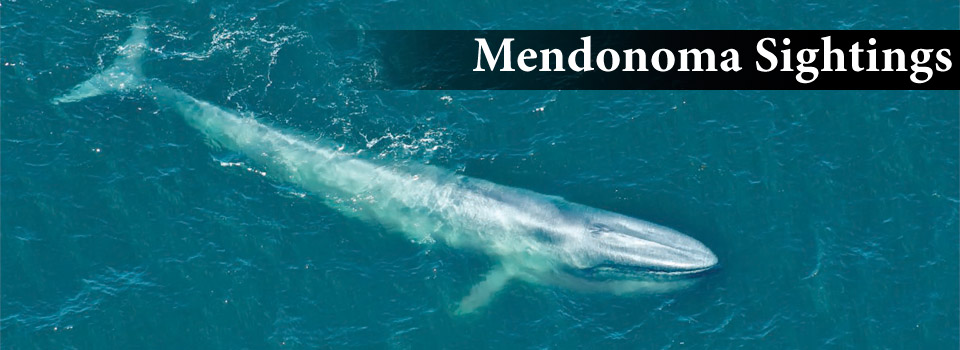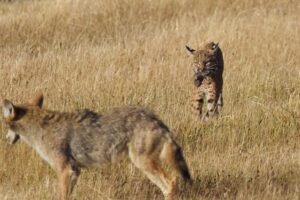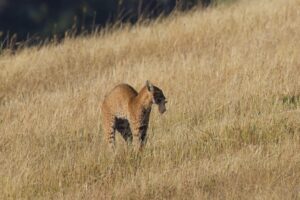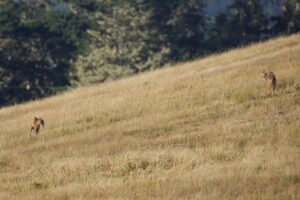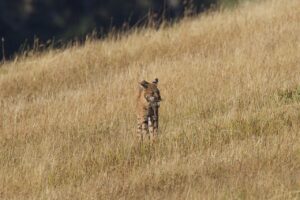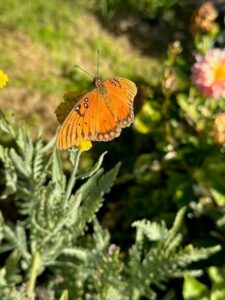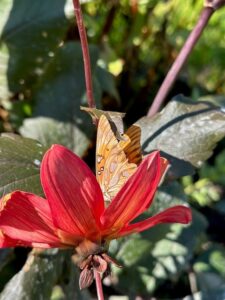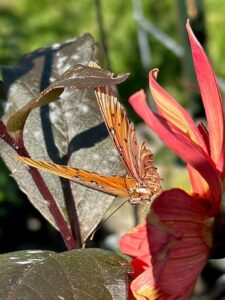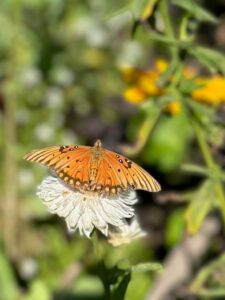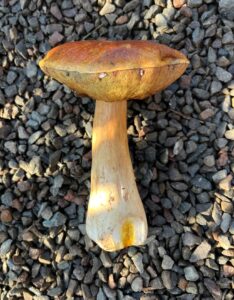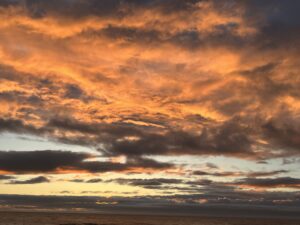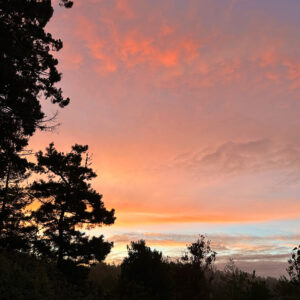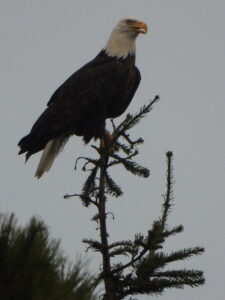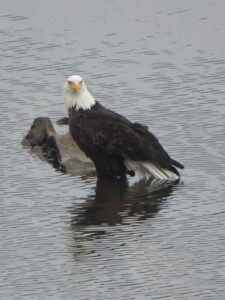Gail Jackson [no relation!] wrote, "These two were across the highway from the Ross Creek Loop in Point Arena. I first spotted the coyote on the hill, then Odin and Hugh (my sons), pointed out that there was something else on the hillside, possibly baby coyotes. After looking through my telephoto lens I could see it wasn’t coyote pups, but it was a bobcat with prey! Whoa! And the coyote was heading straight for it."
"The coyote appeared to be larger than the bobcat, but it didn’t get too close. It came down the hill and then shortly afterwards it decided to go back up the hill. The Bobcat held the prey in its mouth and arched its back to look as tall as it could."
"It all happened pretty quick. I was glad that the two didn’t fight over the food."
In this last photo, the Bobcat might be saying, "It's mine, all mine!"
Thanks to Gail for allowing me to share her photos with you here. To see much more of this award-winning nature photographer's work, here is the link to her website: https://gailyimages.com/
Another spectacular autumn day on the Mendonoma Coast. The ocean is imitating a lake. I saw whale spouts at sunset last night, mostly likely Humpback Whales who have been feeding off our coast.
